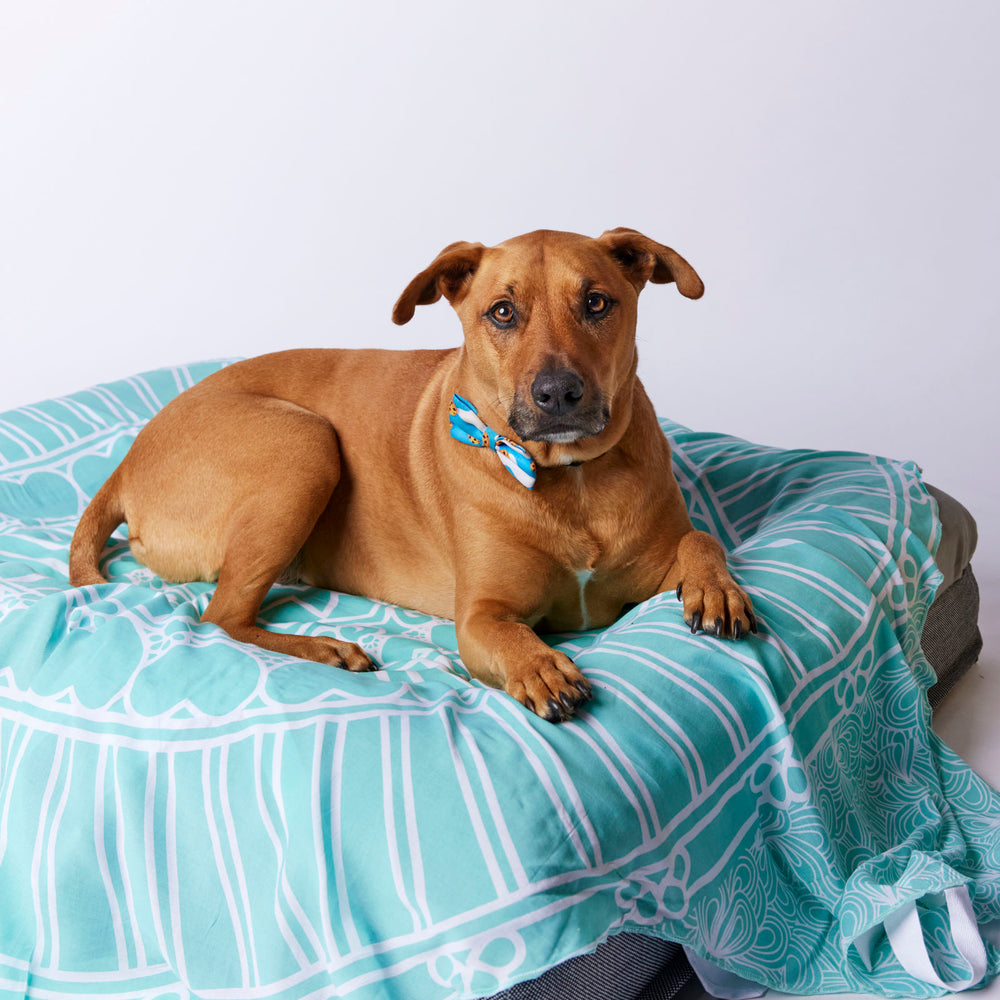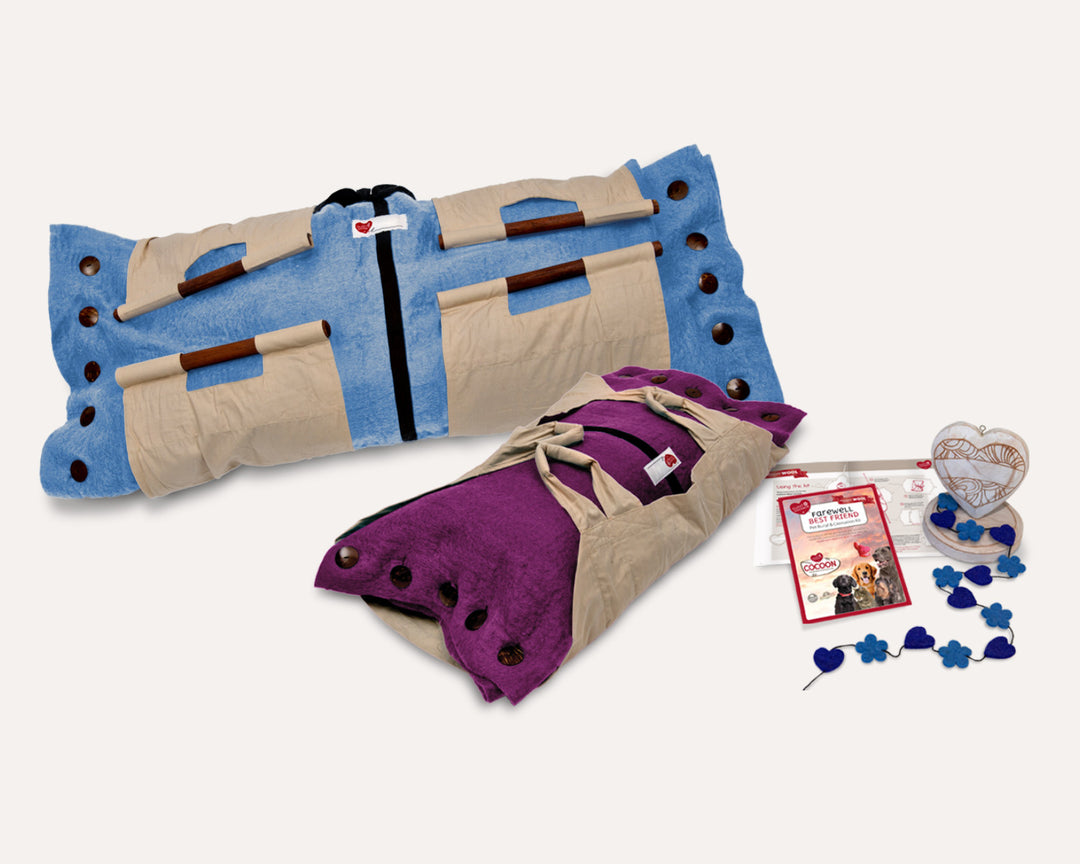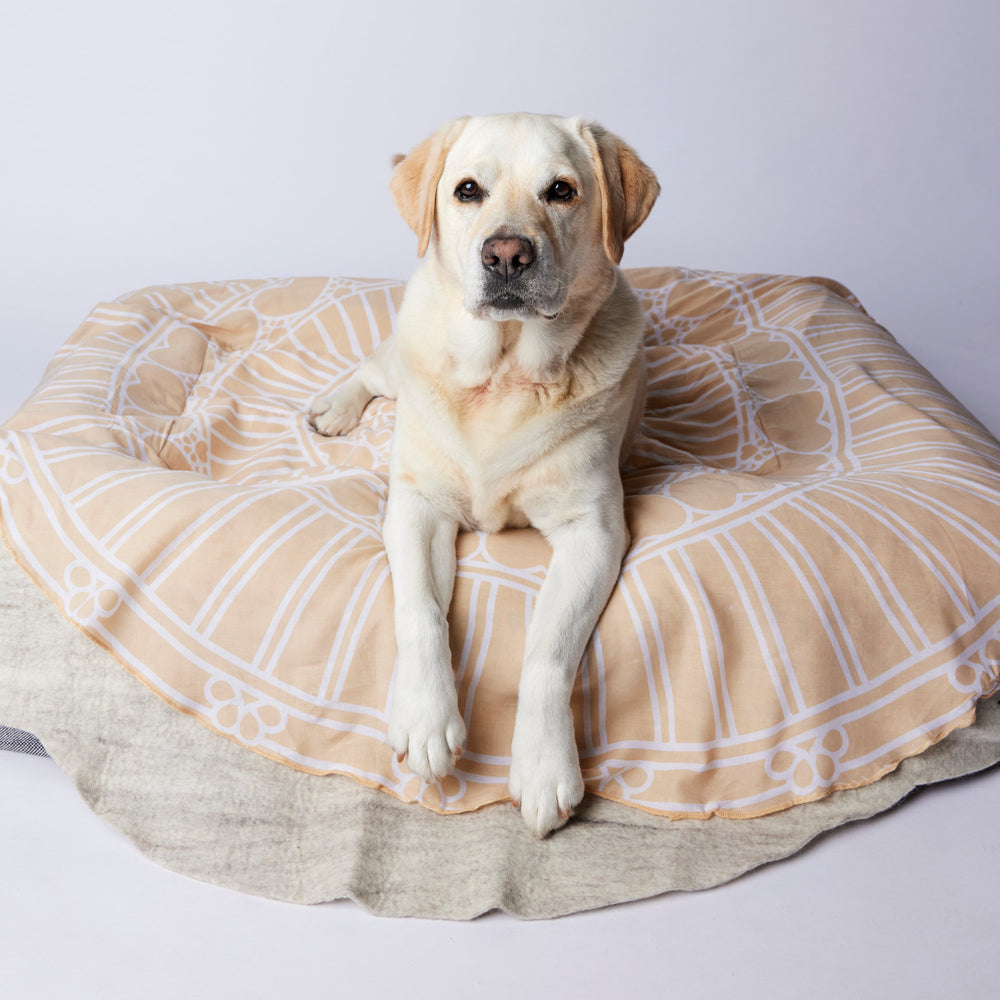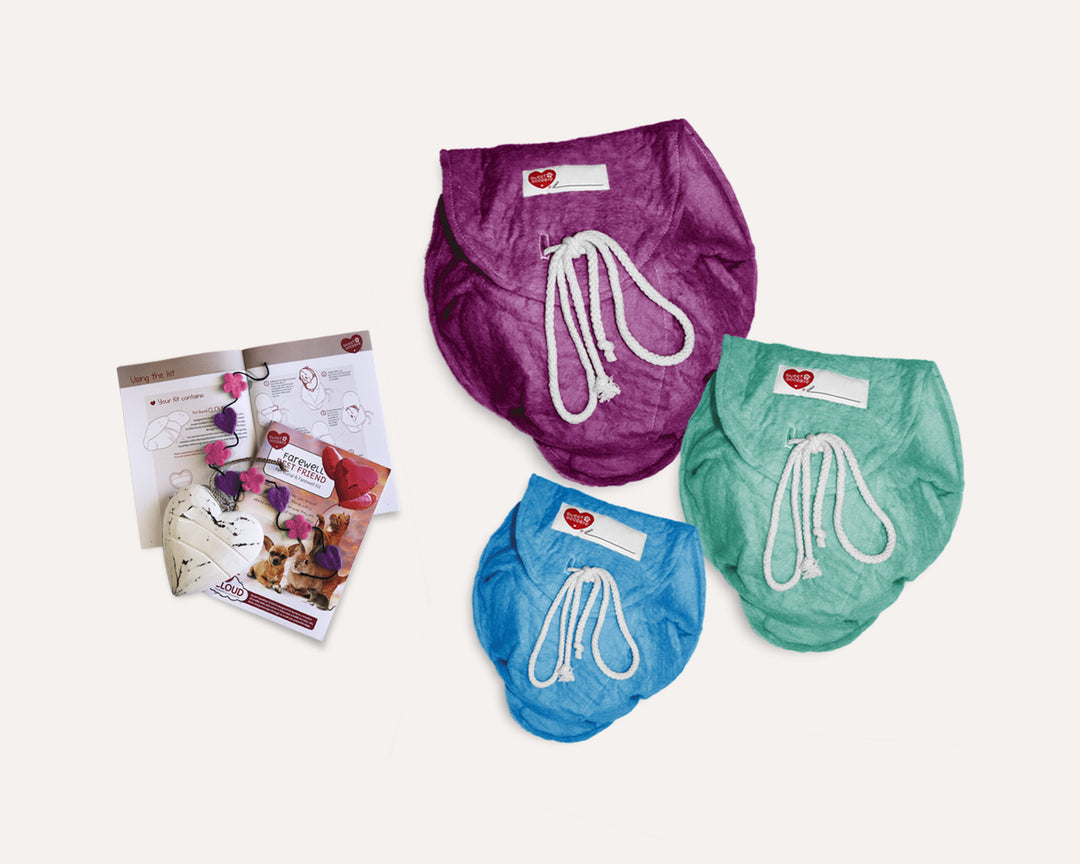Transporting Senior Pets: Everything You Need to Know

As our pets get older, they may find it difficult to get around. Their need for assistance due to injury or after surgery is often increased and we need to consider the best and safest way to transport them.
We caught up with Registered Veterinary Nurse and Sweet Goodbye Customer Service Coordinator Chelsea Leonard to ask her some pressing questions about pet mobility and how we should manage transporting our senior pets safely, and comfortably.
How do we know our pet needs assistance?
Chelsea: Take the time to observe your pet so you can fully understand your pet’s condition. They may be struggling with mobility as a result of arthritis, or they may have had an injury or surgery that requires them to have extra support. Knowing what their specific needs are will help you to tailor an appropriate approach to carrying them.
When do we get a vet involved?
Chelsea: If you notice your senior pet is slowing down, not positioning themselves easily to toilet or struggling to get comfortable when they stop to rest - these can be some of the first telltale signs of arthritis and other joint degeneration.
You should get advice from your vet as soon as you notice any change in mobility in your senior pet. They can give your pet a check up to make sure they are treated for their condition if required and, they will provide invaluable guidance on how to carry your pet, especially if they have recently undergone surgery or euthanasia. They may recommend specific techniques or provide a supportive sling or harness to assist you with transportation.
Is it safe to transport frail or injured pets?
Chelsea: Each situation is different. You may have an injured pet that you need to get to a vet, so you don’t have a lot of choices other than to transport them.
Always remember when transporting a sick or injured pet, care and caution must be taken to ensure no further pain, stress or injury is proposed on the animal.
Immobilisation of limbs should only be done under veterinary direction - if it is done incorrectly, it could cause further injury to the pet.
Ensure your pet is safely restrained in the vehicle when transporting and support them during transportation if safe to do so.
Are there any techniques we should be aware of ?
Chelsea: The least amount of handling the better. Creating make shift slings or placing the pet inside a strong storage tube that will allow for the pet to be safely manoeuvred around without them physically needing to move until required by the vet is the best option.
Can slings and carriers be purchased or do you have to make one yourself?
Chelsea: There are slings and carriers on the market. If you are considering purchasing one, look for ones that are designed with senior pets in mind. Ideally, they would have padded bottoms to cushion old joints and straps that are adjustable to make them fit comfortably and snuggly. There are even carriers with removable and washable inserts for added comfort and support.
Pet carriers, pet prams/strollers, pet lifting slings and pet ramps may also be useful aids for Senior pets as general day to day life can become a struggle for them.
Remember you can also use the Sweet Goodbye Cocoon as a carrier to assist your pet when doing things like getting in/out of the car, and vets can utilise our Care Cradle range.
What about lifting technique – what do we need to keep in mind?
Chelsea: Proper lifting technique is crucial for both you and your pet’s safety. You have probably heard this before – avoid lifting with your back, bend at the knees and maintain a straight posture when lifting your senior pet.
If your pet is too heavy for you to lift on your own, use a lifting aid or seek the assistance of a friend or family member.
Always consider alternative carrying methods such as strollers or wagons. These devices are great for senior pets who struggle with mobility issues and allow your pet to enjoy the outdoors without putting any additional strain on their joints or muscles.
What if they are frail or have injuries?
Chelsea: Extra care is required when lifting or carrying a senior pet who is frail or has injured limbs. Always support their limbs to prevent further injury or discomfort. Using a towel or sling under their belly can provide some additional stability and support during transportation.
If your pet shows signs of distress or discomfort, such as panting or whimpering, reassess your carrying method.
How do vets transport injured and euthanised pets?
Chelsea: Vets generally utilise special pet transportation carriers or a gurney.
What should we consider if the mobility issues are long term?
Chelsea: Pay close attention to your pet's body language and vocalisations while carrying them. If there are any signs of discomfort, you may need to take a break or change how they are being transported.
Give your pet opportunity to stretch their legs and relieve themselves – this will prevent fatigue and discomfort.
Should we look at medication or sedation?
Chelsea: If your pet is anxious or nervous, speak to your local vet about sedative options that can be administered at home can help keep your keep a lot more comfortable during transportation.
What’s your best tip?
Chelsea: Dogs and cats utilise their mouth and will nip and bite when in pain, so be very careful when touching, picking up or even going near an injured pet. They may love you lots, but when in pain they protect themselves from everyone. If it is safe to do so place a muzzle or secure your pet in towels or blankets – this will ensure safety for yourself and your pet.
Consider purchasing a pet emergency kit especially if you intend travelling with your travelling remotely or to bushland with your pet.
And finally, many local vets now offer pet emergency courses to prepare owners and teach them techniques to help their pet until they can reach a vet clinic. It is well worth speaking to your local vet if they offer these courses.
If you are unsure about the best way to carry your senior pet or if they require specialised care, seek professional assistance. Your vet or certified pet therapist can provide personalised guidance based on your pets individual needs and condition.









